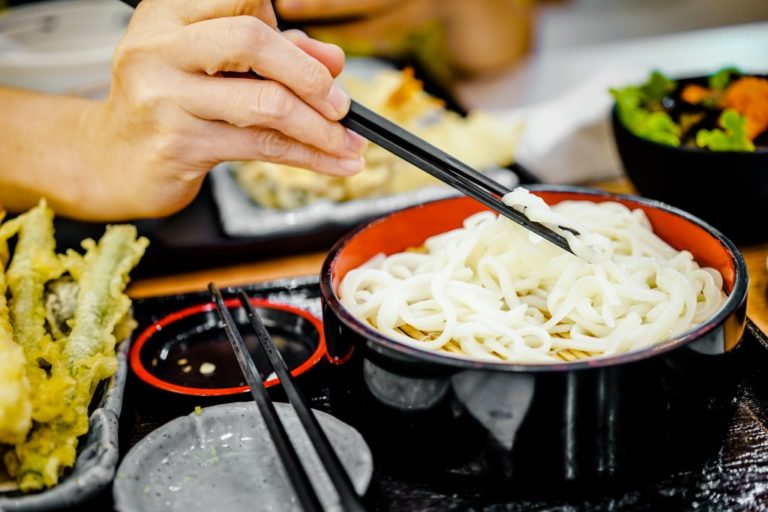Japanese food has always occupied a special place in the heart of Americans: from fancy sushi to fun Hibachi, going out for some Japanese cuisine is always a delicious and entertaining affair. Japanese restaurant franchise owners also report that, over the past decade, even more people have started gracing their doors, which goes to show the enduring and booming popularity of Japanese food. Here’s a brief look at Washoku in the United States:
It Began with Sushi
The popularity of Japanese food in the United States began during the ‘health food’ craze in the late ‘60s and early ‘70s, thanks to the fresh, low-calorie appeal of sushi. The first sushi bar in America opened in 1966 when Noritoshi Kanai and Harry Wolff opened Kawafuku in Los Angeles. It was a hit with wealthy Japanese businessmen visiting the port city, and it soon spread to American patrons by word-of-mouth.
By 1970, the sushi bar Osho opened in the Hollywood Hills, marking the first time that a sushi bar was opened outside of Little Tokyo.
Americans Start to Appreciate Washoku
With the initial success of these first sushi bars, entrepreneurs capitalized on the appeal of Japanese food and started learning more about Japanese cuisine, or Washoku. Japanese food appeals to American palettes because, while it is exotic, it uses fairly recognizable ingredients and techniques. Of course, the introduction of sake, or Japanese rice wine, helped doubters ease into the new flavors!
But for Japanese cuisine to thrive in America, it needed to modify certain things: for example, miso soup, while a part of traditional Washoku, was not traditionally served at the beginning of meals; rather, traditional Washoku would have miso, or any kind of soup, served at the end of meals because of the strong flavors of traditional Japanese soups. However, because most Westerners, especially Americans, begin a meal with soup, Japanese restaurants in the country had to adapt.
Sushi in America also had to evolve to make it more interesting to Americans: fruits, cream cheese, avocado, and other non-traditional ingredients started making their way into sushi rolls. While non-traditional, these sushi rolls can be made into elegant pieces of art when made by a highly-trained sushi chef.
Teppanyaki and Beyond

But perhaps one of the biggest adjustments Washoku restaurants in America had to make was adding an entertainment quality to the meal. Traditional Japanese restaurants tend to focus their diner’s attention completely on their food. However, teppanyaki restaurants in America, called Hibachi, added a performative aspect to their restaurants to draw in Western audiences. The food wasn’t completely traditional per se, but hey, neither was the presentation.
As the world slowly starts to appreciate more authentic foods from around the world, Japanese restaurants in America are slowly re-introducing traditional methods and ingredients from the land of the rising sun, and it’s been going well: according to the Japanese Ministry of Agriculture, Forestry, and Fisheries, over 117,000 Japanese restaurants were serving Washoku outside of Japan, a 30% increase since 2015. It’s one of the most lucrative businesses a person can get into, as long as you can retain the spirit of Japan.



